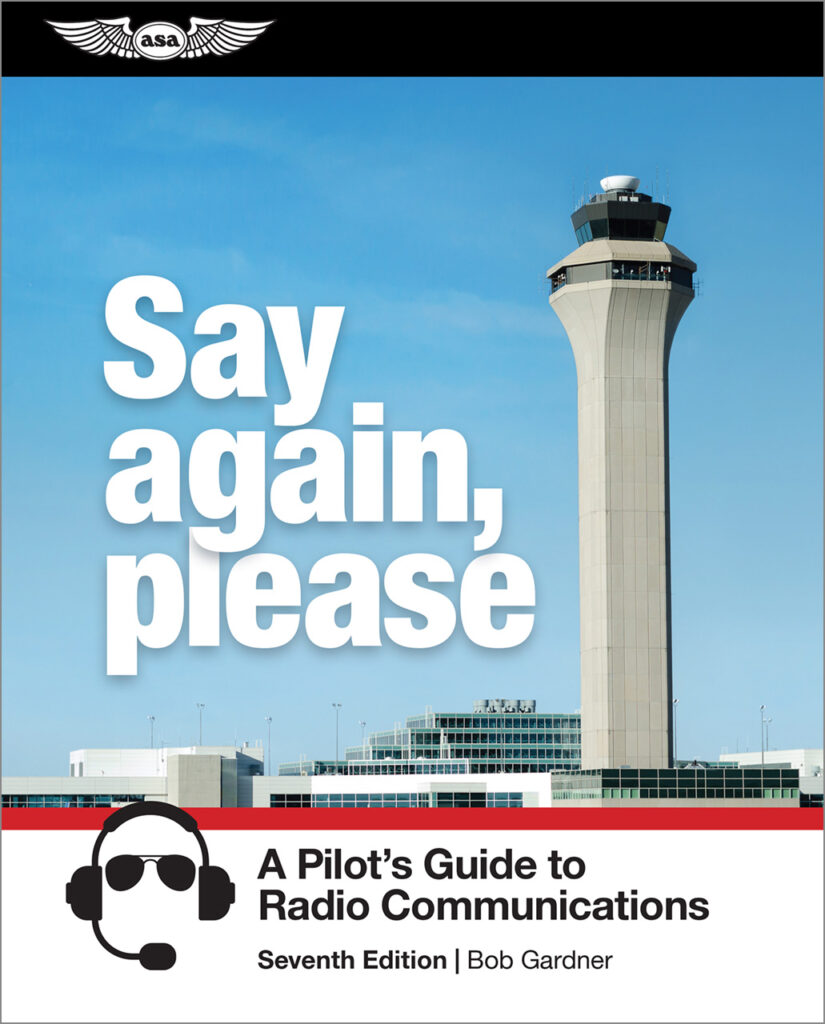Air traffic controllers play a significant role in keeping all kinds of pilots in the air. Whether you are thinking about becoming a controller, or just talking to one on a regular basis, it’s worth knowing the requirements and standards the voice in your ear has met to become your trusted partner in the sky.
First, the job description. Air traffic control (ATC) specialists in the United States work to ensure the safety and flight efficiency of aircraft, pilots, and around 2.9 million daily passengers across more then 29 million square miles of airspace. During peak travel times they manage and monitor about 50,000 flights a day. During a typical workday, an ATC specialist can have numerous key responsibilities. Some of which include managing the movement of aircraft on the ground and in the air; ensuring safe distance between aircraft; communicating with pilots to provide instructions, clearances, or even pertinent weather information; and coordinating the flow of traffic to minimize delays. They are even trained to assist pilots in responding to emergencies by providing guidance and support.
The ATC workforce includes more than 14,000 people on the job in airport towers and radar facilities at nearly 950 locations. To join this group, start by choosing your path: You can get your education from an approved school and then go to the FAA Academy, or you can get a degree through an institution affiliated with the Air Traffic Collegiate Training Initiative and take the FAA Academy training there. In addition, you must meet the following eligibility requirements:
- You must be a US citizen,
- Speak English fluently and clearly,
- Have either one year of full-time work experience or one year of higher education (or a combination of both),
- Meet standards of physical and mental fitness, and
- Not yet have celebrated your 31st birthday.
If you meet these criteria, then you can start the process. Currently, that process includes five steps: (1) apply and qualify, (2) pass an aptitude exam, (3) clear medical and background checks, (4) receive and accept an offer, and (5) begin training at the academy.
Your application begins at USAJobs.gov, where you must create a profile and submit your application. The medical standards assessed include vision, hearing, cardiovascular, neurological and psychiatric health. Next, the computer-based Air Traffic Skills Assessment (ATSA) predicts your aptitude rather than testing your knowledge. The ATSA is free, and in about 3.5 hours evaluates your skills for radar simulation, memory, spatial orientation, logical reasoning, and more—while you’re under pressure. Your ATSA score will fall into one of three categories: Failed, Qualified, or Well-Qualified. The FAA selects their candidates only from the Well-Qualified applicants. Fewer than 10% of those who apply meet these requirements and are accepted into the training program. Here is where it becomes like the usual job interview, and facilities that are hiring consider candidates and make offers. Only after you have an offer can do you move on to ATC training at the FAA Academy in Oklahoma City.
As a pilot, you must learn how to speak effectively with air traffic controllers. Bob Gardner wrote Say Again, Please to help you make their job as straightforward as possible. Any air traffic controller you speak to has met these stringent requirements, in addition to receiving specific training to keep all the aircraft travelling through their airspace moving both safely and efficiently.







